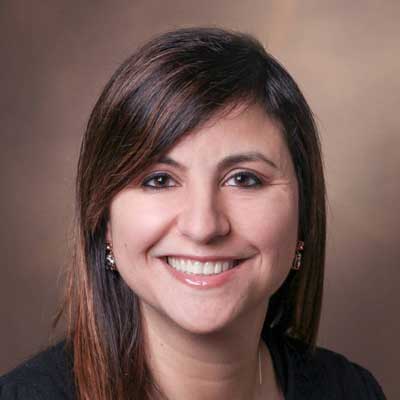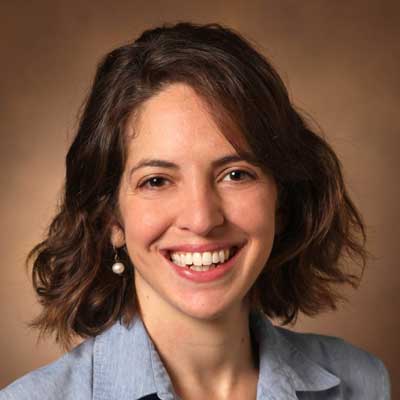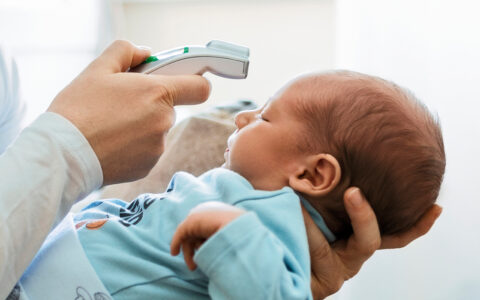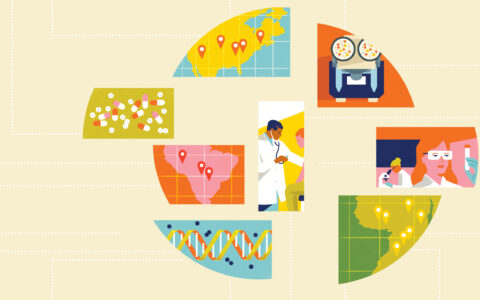In mid-May, the CDC established a case definition for a new illness linked to COVID-19, referred to as PMIS (pediatric multisystem inflammatory syndrome) or MIS-C (multisystem inflammatory syndrome in children). From the onset, reports of PMIS noted that it resembles Kawasaki disease, a rare acute vasculitis that primarily affects children under five years-of-age.
“About four weeks after their spike of COVID-19 cases, places like New York, Texas and Boston are noticing individuals coming in with what look like Kawasaki features,” said Natasha Halasa, M.D., an associate professor of pediatric infectious diseases at Vanderbilt University Medical Center and an expert on Kawasaki disease.
“There seems to be a spectrum of pediatric disease caused by SARS-CoV-2, ranging from very mild disease to severe, multisystem inflammation,” added Sophie Katz, M.D., an assistant professor of pediatric infectious diseases at Vanderbilt. “Both PMIS and Kawasaki are hyperinflammatory syndromes and both have findings of medium vessel vasculitis.”
“Both PMIS and Kawasaki are hyperinflammatory syndromes and both have findings of medium vessel vasculitis.”
Diagnosis of Kawasaki Disease
Kawasaki disease was first described in 1967, but like PMIS, the cause is unknown and there is still much to be learned about how best to diagnose and treat the disease. Patients present with a fever and a constellation of symptoms including rash, red eyes, peripheral extremity changes, lymph nodes greater than 1.5 centimeters in diameter and oral mucosal changes, like a “strawberry tongue” or red lips.
A full diagnosis occurs if a patient presents with fever for a minimum of five days as well as four out of the five clinical features. Patients with several features who do not meet the case definition can be classified as having incomplete Kawasaki disease.
Although PMIS clinical presentation is similar to those of Kawasaki disease, Katz explains, patients with PMIS are older, being on average eight to 11 years of age, and exhibit more severe clinical features. For PMIS patients, gastrointestinal involvement is common, and reports indicate that the new syndrome can cause myocarditis, cardiac dysfunction and occasional arrhythmias.
Treating Kawasaki Disease
Most cases of Kawasaki disease can be successfully treated with a single dose of intravenous immunoglobulin (IVIG). However, if the disease goes untreated, about one in four children may develop coronary artery complications, including aneurysms.
“On average 80 to 90 percent of children will respond to the first dose of IVIG,” Halasa said. Halasa has previously reported that risk factors for a lack of response to the first dose of IVIG include younger age and race. She has also determined that nonresponders are more likely to have higher white blood cell counts, lower hemoglobin levels, develop ectasia or aneurysm and require critical care and hospital readmission.
The identification of additional therapies, especially for IVIG-refractory patients, is an active research question, Halasa says. “Do you give steroids in addition to a second dose of IVIG? Do you give these new biological markers like a TNF-alpha blocker, or IL-6 or IL-1? No one is certain right now.”
IVIG is proving to be successful at treating PMIS, Katz said. “Most patients, even on the most severe end of the spectrum, are responding well to treatment with immunomodulators like IVIG, steroids and biologic therapy.”
Tackling the New Syndrome
Although more cases of PMIS are emerging, Katz emphasizes that it is still relatively rare. She envisions future research will center around studying how and why the immune system responds to SARS-CoV-2 resulting in PMIS, identifying any genetic risk factors for the disease, and investigating why there is a spectrum of disease and range of presentations.
“Data registries and clinical trials that promote evidence-based care for these children will be useful,” Katz said. “But because PMIS is rare, the timeline to better understand the disease will likely take months to years.”
“Because PMIS is rare, the timeline to better understand the disease will likely take months to years.”
“It’s important for all of us to be patient and to be thoughtful in thinking about a new illness,” Halasa said. “As scientists, we need to work together, to collaborate, and to approach these ideas in a multidisciplinary manner.”






